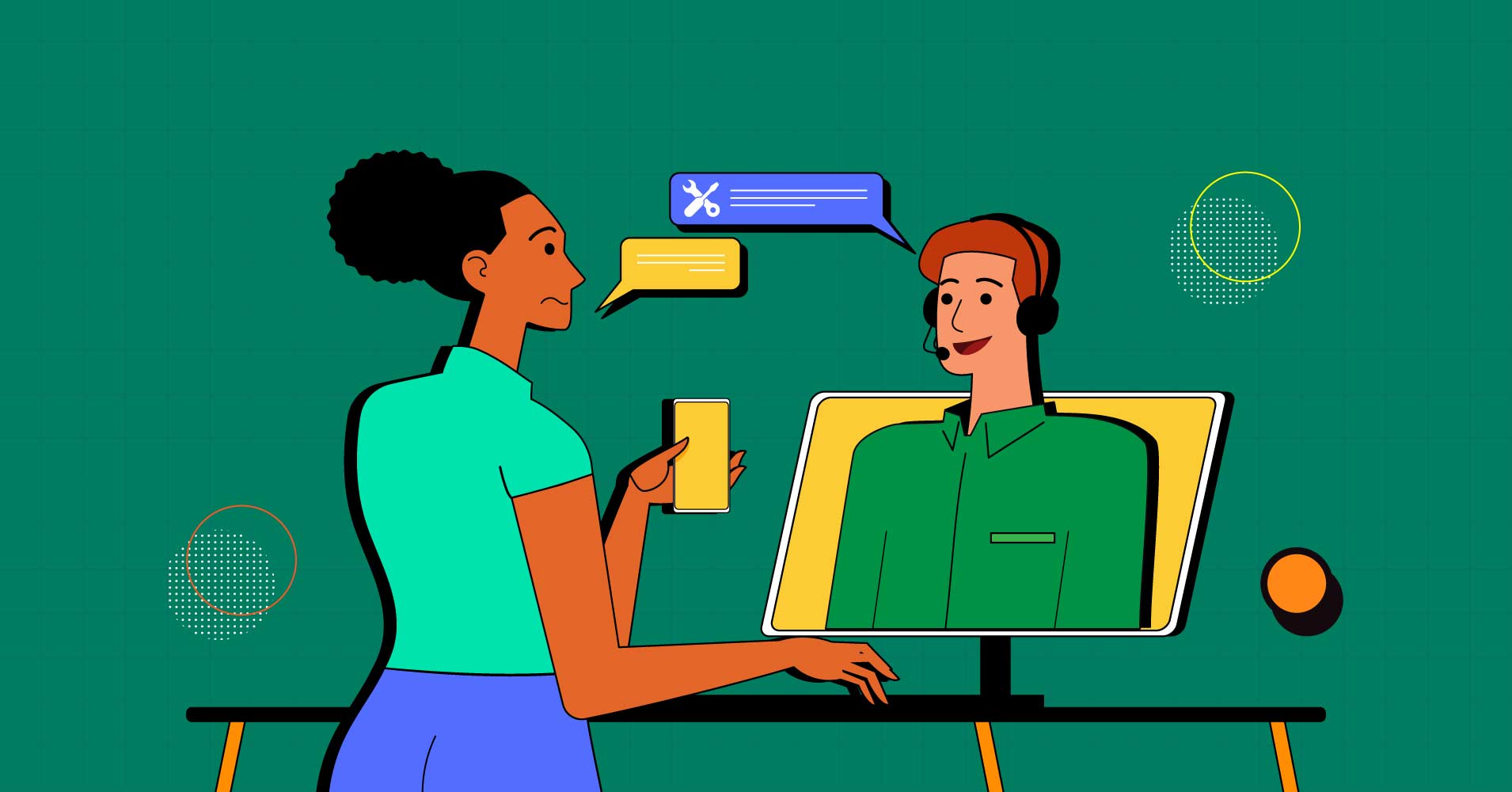
What Is B2B Customer Service? 6 Best Practices for Success
Whether you’re in the B2B or B2C industry, serving your clients well is the secret to growth and success.
Though, winning over B2B (business-to-business) clients is quite different from winning over B2C (business-to-consumer) clients from a sales and marketing viewpoint. However, “95% of B2B consumers feel that outstanding customer service is essential for them to feel loyal to a company.”
Also, it’s not just consumers who think this way. “90% of B2B leaders also agree that delivering excellent customer experience is essential to achieving their company’s goal.”
So, most of us will agree to the point that offering outstanding customer service is mandatory if you want to stand out from the competition.
Today, we’ll dive into the world of B2B customer service and see what it is and how to do it right.
What is B2B customer service?
B2B businesses offer products or services to other companies. Thus, B2B customer service refers to the support or guidance a B2B company provides to another company employing its goods or services.
The goal is to boost customer retention by fostering trust in your business and what it has to offer.
B2B clients typically have longer sales cycles, higher expectations, and more complex needs than B2C consumers. B2C customers typically make one-time purchases depending on their own preferences or emotions.
They also involve numerous decision-makers and stakeholders, each playing an essential role in the purchasing process.
Because of this, context and customer understanding are crucial to B2B customer service. You must know your target audience, their objectives, and the difficulties they face.
Also, understand how your product or service may help them achieve those objectives.
Some examples of B2B customer service tools are,
- Fluent Support (Helpdesk plugin for WordPress)
- WhatsApp Business
- Apple Business Chat
- HubSpot
- FluentCRM
- Survey Monkey
- Slack
and so on.
In B2B customer service, the product is the backbone of the customer’s business operations. When there’s an issue with the product, it can cause a ripple effect throughout the entire team.
Suppose, if WhatsApp goes down, companies that provide customer service through WhatsApp can’t help their customers. Or if a Call Centre’s employees can’t get to their office, they won’t be able to work for the day.
Moreover, the buying process in B2B customer service also involves more people, making communication and collaboration between teams critical for success.
B2B vs. B2C customer service
B2B refers to business-to-business, while B2C refers to business-to-consumer. Though, both of these business industries involve customers using your products and services.
But, B2B and B2C customer service differ in nature. Some of the basic differences between B2B and B2C are,
- B2B requires fast and effective responses to the complex needs of multiple teams due to higher price points than B2C.
- B2C can rely on automation and self-service due to lower price points and less complex issues.
- Business-to-business involves more stakeholders with urgent, long-term needs, requiring a nuanced approach to customer support.
Examples of B2C businesses are,
- Zappos
- Netflix
- Spotify
And so on.
6 B2B customer service best practices
While many businesses offer a range of services, few prioritize delivering exceptional customer service.
This is particularly problematic in the B2B sector, where outstanding customer service can be the biggest differentiator. With valuable contracts and a need to impress multiple stakeholders, B2B companies must prioritize customer service to succeed.
To help you achieve this, we’ve curated 6 best practices for improving your B2B customer service strategy.
1. Make your customer service proactive
In customer service, being proactive means anticipating buyers’ needs and making the first move.
As businesses strive to improve customer satisfaction, proactive customer service has emerged as a key strategy. This approach involves anticipating the needs of customers and resolving issues before they even arise.
According to a study by HelpLama, “89% of consumers find proactive customer service a positive experience.” Moreover, “81% of shoppers indicate that a positive customer service experience is likely to increase their chances of making a repeat purchase.”
To provide proactive customer service, businesses can take several actions such as,
- Including automation to provide real-time updates on shipping and service interruptions.
- Collecting customer feedback to identify areas for improvement.
2. Have well-defined SLAs in place
Service Level Agreement (SLA) is a contract between a service provider and its customers. It documents the services provided and sets service standards to be met.
In B2B, SLAs are a valuable tool to improve customer retention and satisfaction. These are actually contractual terms that define the level of service a company will provide to their customers, ensuring that the services meet certain thresholds.
A common example can be, an SLA that might guarantee 99.9% uptime for a server or a 24-hour response time for customer service inquiries.
By creating a formalized communication process, SLAs allow businesses and their customers to be efficient and successful. This offers a clear understanding of expectations and responsibilities. Thus, it can prevent misunderstandings and miscommunications.
Now, to create an effective SLA, a B2B company can follow best practices such as,
- Clearly define the services provided and expected outcomes.
- Establish realistic and measurable service levels.
- Identify the roles and responsibilities of each party.
- Include provisions for monitoring, reporting, and issue resolution.
- Review and update the SLAs regularly to ensure they remain relevant and effective.
By implementing SLAs, B2B companies can build trust with their customers and provide a level of transparency that promotes loyalty and satisfaction.
3. Build multiple customer self-service options
As the B2B ecommerce market evolves, offering self-service options has become crucial for success.
With the effect of COVID-19 accelerating the trend toward online purchasing, B2B buyers now expect the same level of convenience as their B2C counterparts.
In fact, research shows that “over 50% of B2B buyers are willing to spend over $50,000 through an end-to-end digital self-service purchase process.”
To meet the needs of the modern B2B customer, companies must provide a customized and seamless online purchasing experience.
This means building multiple customer self-service options, from research to purchase and post-purchase customer service.
To build successful self-service options, B2B companies should,
- Invest in a robust B2B ecommerce platform with advanced features and functionality.
- Conduct research to understand customer preferences and pain points.
- Provide multiple self-service options, including online chat, self-help knowledge bases, detailed documentation, and customer portals.
- Train customer service representatives to handle more complex issues that cannot be resolved through self-service options.
By offering multiple self-service options, B2B companies can improve efficiency, and enhance customer satisfaction.
4. Personalize your B2B customer service experience
Did you know that more than half of total global customers expect personalized experiences when they interact with businesses?
This is where personalization comes in – it allows businesses to tailor their services to each individual customer, making them feel valued and understood.
Personalizing the customer journey can lead to deeper relationships with your customers. Also, it can increase customer satisfaction and loyalty. And, that will improve sales and profitability. In fact, “incorporating personalization in your customer experience can increase your online conversion rate by around 8%.”
To personalize your B2B customer service experience, it’s important to get to know your customers and use the information to tailor their experience. Here are some tips to get you started.
- Make sure to collect customer data, analyze, and implement them accordingly.
- Use personalized messaging, such as addressing customers by name and sending targeted emails based on their interests.
- Offer personalized product recommendations and promotions based on their past purchases and interests.
- Provide personalized customer service by using their preferred communication channel and offering customized solutions to their problems.
By implementing personalized customer service experiences, you can show your customers that you value them as individuals. Moreover, it’ll show that you’re committed to meeting their unique needs.
5. Use customer service technology
Technology is rapidly advancing, and businesses must keep up with the latest trends to provide the best customer service.
From dial-up connections to mobile devices, the emergence of technology has revolutionized the way customers connect with businesses.
Even small restaurants now take orders and reservations online, and antique shops can be found with a simple Google search.
By leveraging the latest customer service technology, businesses can provide a more efficient experience to their customers. From chatbots to email campaigns, the use right technology can surely improve customer engagement.
Here are some tips for using customer service technology to improve your business.
- Use an omnichannel approach to connect with customers on all channels, including social media, email, and live chat.
- Utilize CRM & helpdesk software like FluentCRM and FluentSupport. These are to keep track of customer interactions, preferences and give customers support when they are in need.
- Also, implement automated responses to provide quick and efficient customer support.
- Gather dark data and use different data analytics tools and processes to gain insights into customers’ desires.
- Regularly update your technology to stay ahead of the latest trends and provide the best customer experience possible.
6. Offer post-purchase support
Keeping existing customers is just as important as gaining new ones. And, neglecting the post-purchase stage of the customer journey can lead to missed opportunities for B2B marketers.
In fact, since the start of the pandemic in early 2020, “56% of businesses have switched at least one of their suppliers.” And, also “18% have switched all of their suppliers.”
To retain customers, it’s essential to understand what they’re thinking, feeling, and saying about your company after they make a purchase.
However, many businesses focus only on the initial parts of the customer journey. They overlook the opportunities to stay connected with the customer after purchase.
By creating a customer journey map, you can optimize the customer experience to improve retention.
Here are a few tips for offering post-purchase customer support.
- Stay in touch with your customers after the sale, whether it’s through email, phone, or social media.
- As we’ve mentioned earlier, make recommendations based on their past purchases.
- Provide educational resources that can help customers get the most out of their purchases, such as online tutorials or webinars.
- Show appreciation for your customer’s business, such as through loyalty programs, special discounts, or personalized thank-you messages.
B2B customer service: from complexities to solutions
B2B customer service can be complex, but it’s essential for building trust and loyalty with your clients. This customer service structure requires more attention and less automation.
Moreover, it’s important to focus on providing correct and meaningful responses to inquiries.
To excel in B2B customer service, it’s important to empower your team to make an impact at a company-wide level. Encourage them to read through customer feedback and engage in meaningful conversations to better understand their needs.
Maximizing a helpdesk and focusing on finer margins can make a significant difference in the customer service experience.
By making customer service a differentiator and consistently providing high-quality support, you can surely achieve customer advocacy and stand out from the competition.
We appreciate you taking the time to read our blog. Best wishes for your continued success. Thank you!






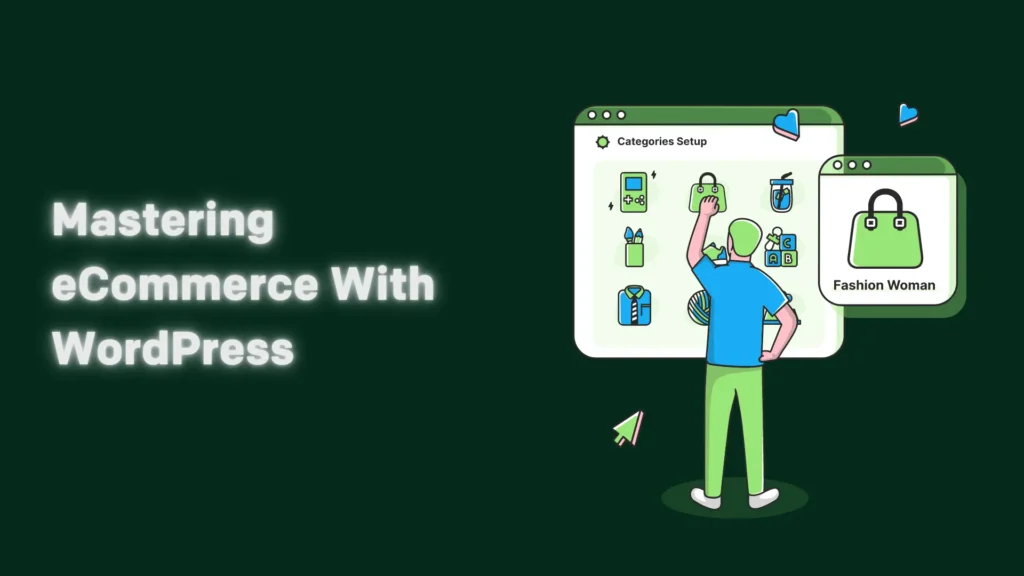
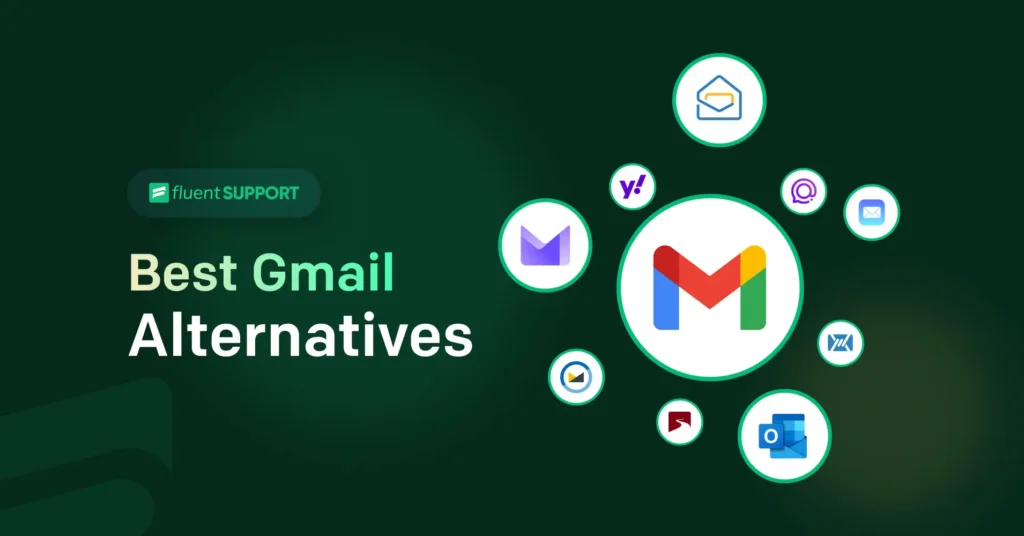
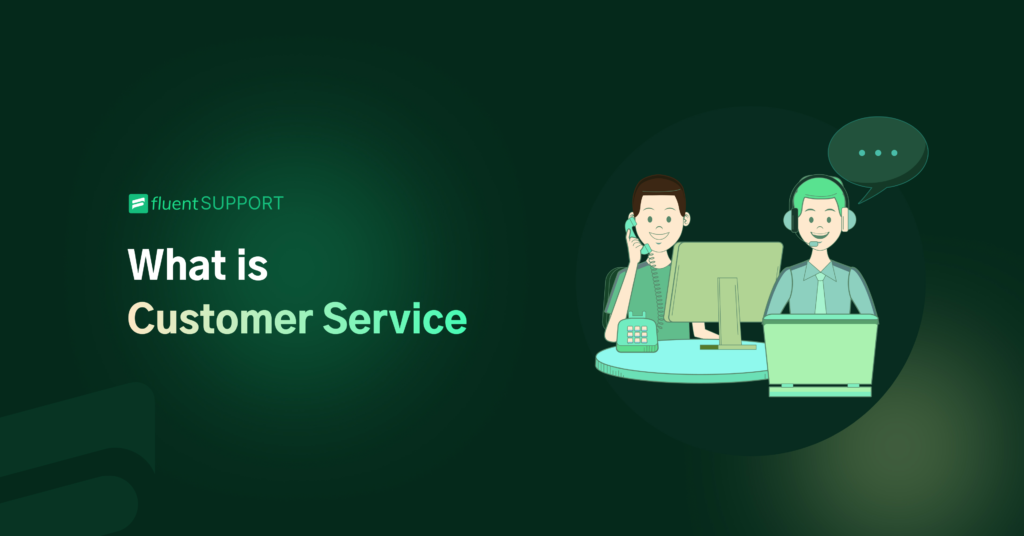
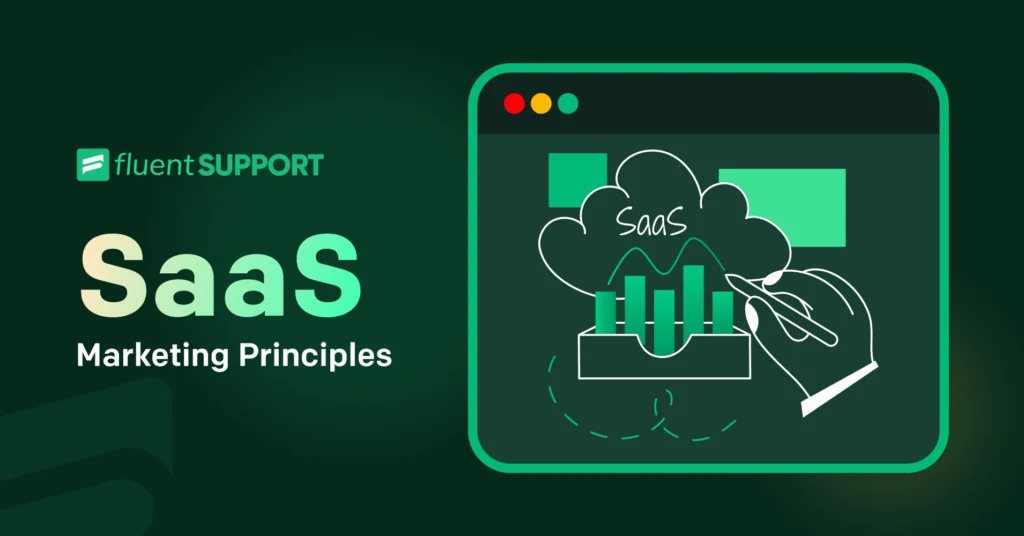

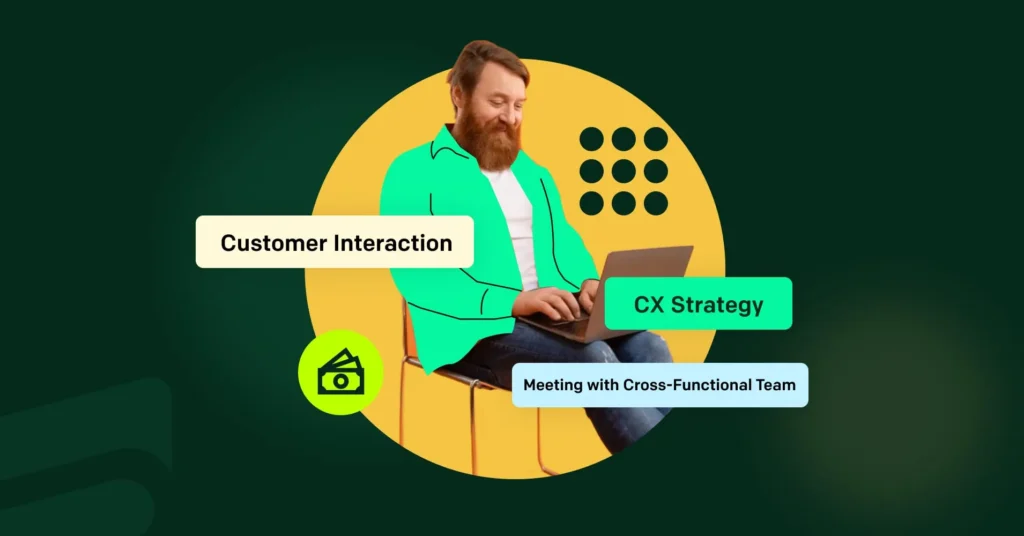
Leave a Reply